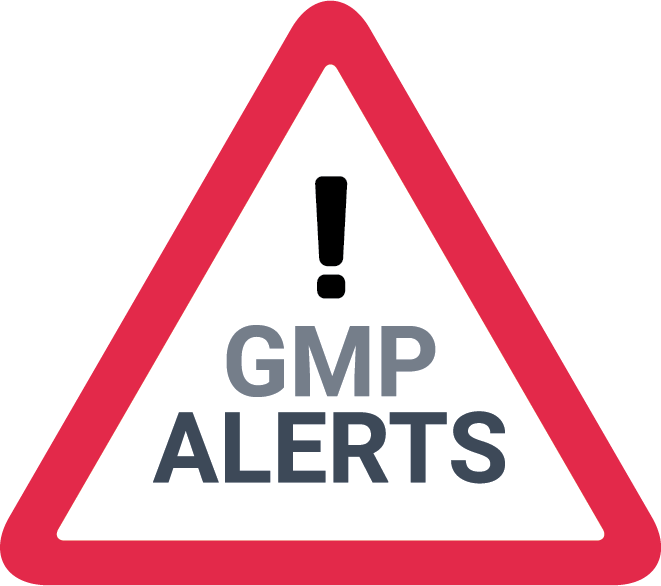The new draft of Annex 1: Manufacture of Sterile Medicinal Products is of great importance to the pharma industry. With a strong emphasis on new technology, the draft not only helps to clarify requirements from the EMA, but being a global collaboration also helps improve understanding worldwide.
The EMA, WHO and PIC/S all collaborated on the Annex1 draft, the main goal being to harmonize requirements between the three organizations. The FDA has also been involved, represented through PIC/S. They are positive about the changes, and pleased that the draft focuses on a risk based approach.
It was published on 20 December 2017, with the commenting period ending 20 March 2018. Find out more about the draft guideline and some of the changes suggested by NNE.
New technology

The guideline encourages the use of new technologies such as isolators and RABS. It also explains aseptic production areas, technology and processes well. In fact, our overall impression of the document is that it is common sense and cGMP. Most of NNE’s comments are related to potential misunderstandings or misinterpretations.
It is a very positive development that the draft emphasizes that a Quality Risk Management (QRM) approach should be used, ensuring correct follow-up and proper protection of the patient. For example, the draft describes that QRM principles should be applied to processes, equipment, facilities and manufacturing.
However, the draft also states that you can use Risk Assessments as a justification for alternative approaches “only if these alternative approaches meet or surpass the intent of this Annex”. NNE has highlighted there is a risk that authorities will expect companies to surpass the intent, and not just meet it.
Contamination control strategy requirement
A contamination control strategy is now required for sterile and aseptic produced products. This should be implemented across the facility to assess the effectiveness of all the control, and this assessment should lead to corrective and preventative actions being taken as necessary.
This requirement is estimated to be of great importance in the pharma engineering industry and the initial contamination control strategy should be available when pharma manufacturers make the User Requirement Specifications (URS) for a facility design. It should also be included in the GMP design strategy.
Discussions and debates
Interest in the Annex1 draft has been huge. On the 12th of March 2018, there was a discussion conference in England chaired by Andrew Hopkins, MHRA, GDMP expert and head of the EU GMP Annex 1 EMA/PICS/WHO revision working group.
A lot of uncertain issues were discussed and clarified, including the anticipated aseptic approach - to get the operator away from the product. As the annex focuses on harmonization and will be enforced worldwide, it should also give room for conventional aseptic processes. If not, a significant section of the global manufacturing lines could be closed down which carries the risk of drug shortage. However, there is still an expectation that EU countries will implement new technologies, such as isolator technology, and thus remove operators from products.
The final document is estimated to be published late 2018 or beginning of 2019.
Read our comments to EMA on Annex 1 and the full Annex 1 draft.